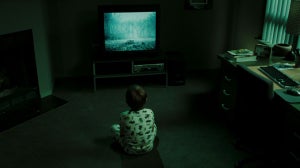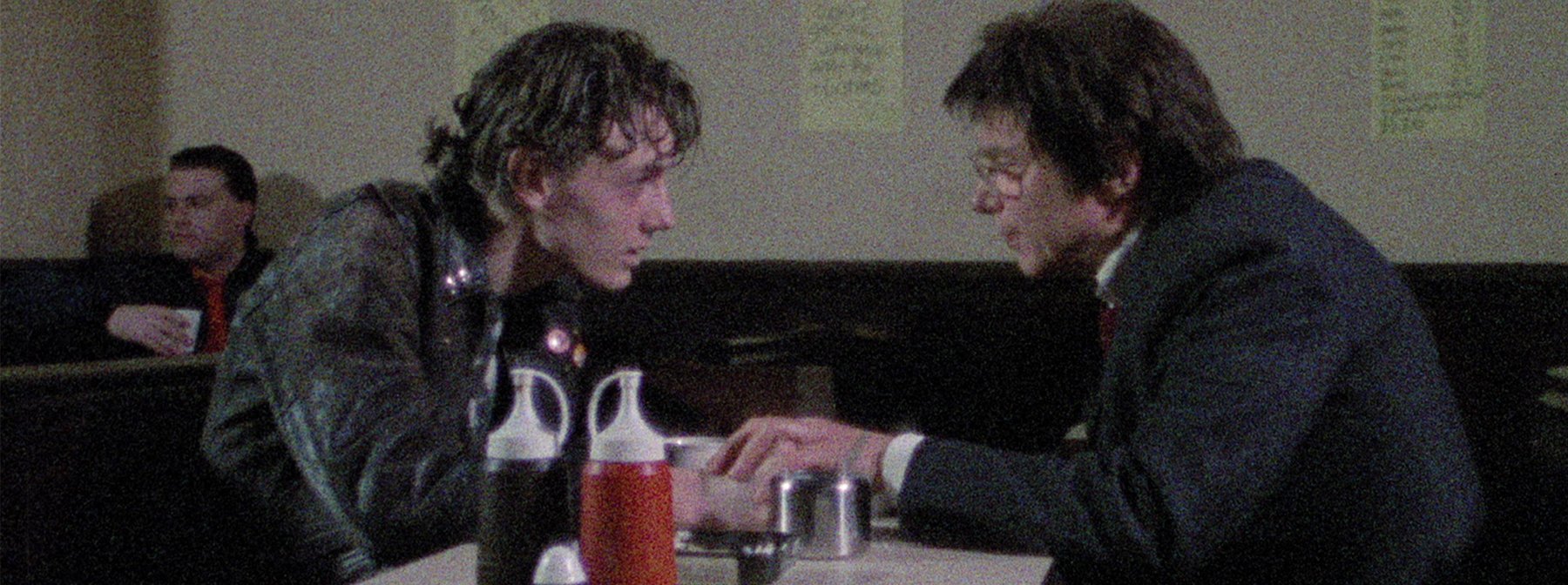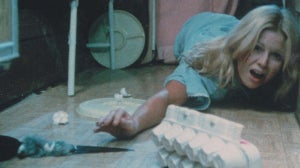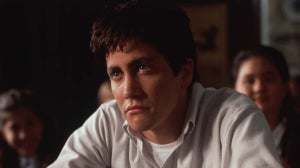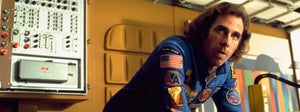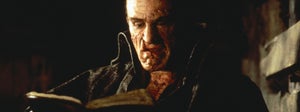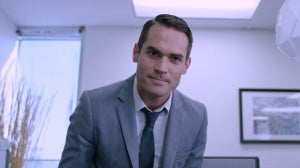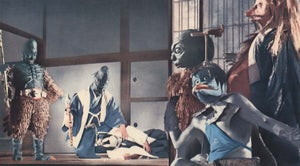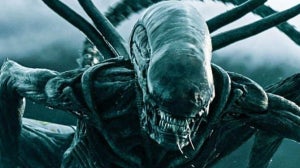
True crime is a category that is equal only to romance, horror, and pornography in terms of both mass appeal and repulse. The fans are all incredibly ardent, at times to a worrisome degree to anyone who is not excited. Romance is often about as critically respected as a karaoke track. Horror has gotten a little more respectable over the years but is still treated as juvenile at best and sheer exploitation at worst. Speaking of, pornography and its more refined cousin, erotica, are often handled with a wrinkled nose in public and a leering eye in private. True crime, though, is a whole other kettle of fish. It’s arguably more respected than the other categories because of its nonfiction roots, which range from legit journalism to the seamier, carnie-style hoopla. Because of this, it’s simultaneously more “respectable” than the others AND viewed as the worst kind of hybrid of misery-shrouded torture porn profiteering.
Yet, in a sea of dog-eared paperbacks, innumerable podcasts, and films based or inspired by true crime, in particular, serial killers, so few of any of them nail the most haunting aspect of such a grisly situation, the sadness.
Maybe it’s because there is something within our nature to gawk and rubberneck at the messy and tragic. Red smears on asphalt, like clotted crumbs trailing to disfigured metal that was once a Sedan will net automatic head turns and stares. Life affords one minimal dignity and the dead even less, though it feels like a safe bet that the latter is not concerned with such graces.
It is this weighty melancholy, the kind that sinks heavy in the belly and seeps inside the brain, that cements Fhiona-Louise’s 1989 film, Cold Light of Day, as one of the best and fairly unsung horror films to centre around a serial killer.
Cold Light of Day opens with the seemingly requisite, “This film is based on actual events, but not on an account. Names have been changed to protect innocent parties.” Here, this is less Grand Guignol ballyhoo and more honest, since the proceedings are heavily inspired by real-life Scottish serial killer Dennis Nilsen. Apparently, the Nilsen influence is heavy enough to where our main character’s name is credited as “Dennis Nilsen” in the film’s IMDB entry, though his name in the Cold Light of Day is actually Jorden March.
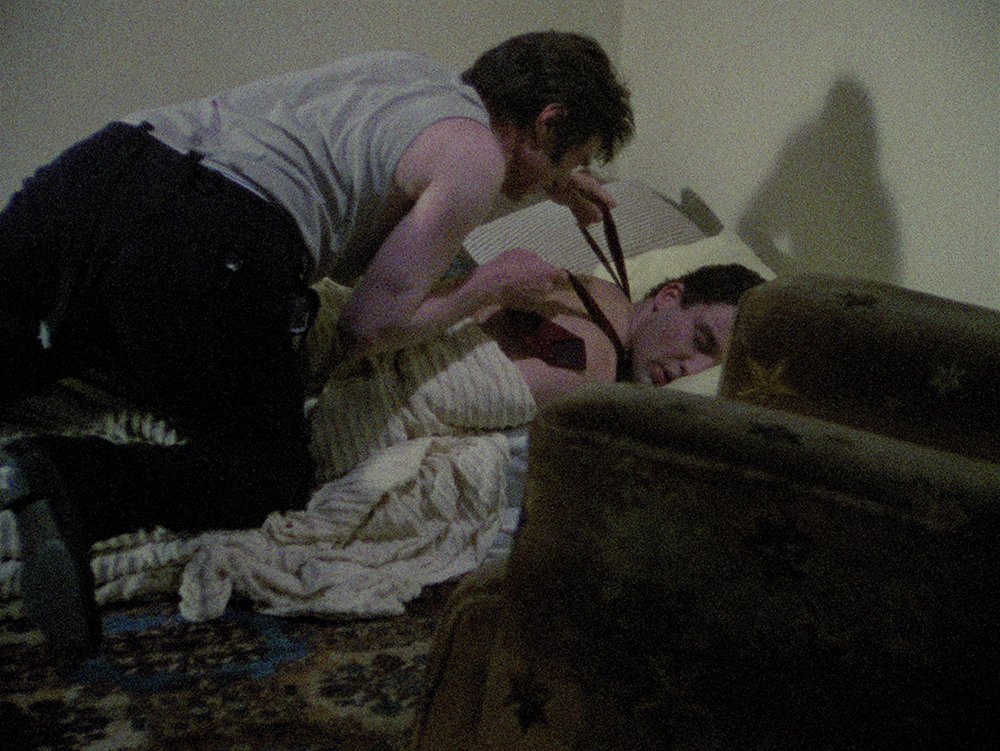
Played exquisitely by Bob Flag, his Jorden is a riveting slight man of nerves, frayed compulsion, and that dense fog of loneliness that spills into the darkest well that is rudderless in its sadness and damage. His dark eyes and hair, which is always just a little dishevelled, offer a stark contrast to his pale, unsure form. This is not a man who looks like or acts like a monster, though he certainly does monstrous things. At times, he is almost meek, which only helps to make him such a successful predator. Much like the real-life inspiration, his victims are young men who are often hustlers, homeless, hungry, or a combination of all the above. The one we spend the most time with is Joe (Martin Byrne-Quinn), a handsome and initially nice twenty-something Jorden meets in a small, crowded pub. From lit cigarettes and smiles to squabbling and manipulation, things are only going to get grislier. While Joe isn’t necessarily a likable character, no one in Cold Light of Day is. Now, that’s one side of the coin, but the flip is true either, because there are no one-sided demons and villains here either, including Jorden.
In other write-ups of Cold Light of Day, you’ll see words like “grimy” and “disturbing” come up. With other modern-era horror films centered around a serial killer, those descriptors are typically aligned with extremity in gore and transgressive acts. Cold Light of Day, not unlike say Henry: Portrait of a Serial Killer (1986) or The Texas Chainsaw Massacre (1974), is less visually explicit and more viscerally implicit. You’re shown enough to understand the lay of the land and the central fixations, or more accurately, reflexive actions that compel Jorden.
The sensory experience within Cold Light of Day, from sound to locations, is expertly utilized and helps create that weighty heft of dread. A lush score or a well-orchestrated mix of popular tunes most definitely have their place in cinema but would only distract and diminish the work here. Both the sound design and sparse music here, courtesy of Paul Stuart Davies (not to be confused with the British soul singer of the same name), are impeccably used. From the ominous, ambient-type drone from the opening to the use of looped church bells during Jorden’s childhood flashback to the exquisitely sad piece of music that plays over the end credits, everything is used to successfully heighten the effectiveness of it all. Tied to that, throughout much of the movie, there are no added sounds or music to cushion the brutality and damage that unfurls on the screen.
Combined with this is Fhiona-Louise’s use of locations, which like all the actors, look and feel authentic. This work has a style and showcases the director’s innate gift for composition that is striking and occasionally queasy in the right kind of way. The pub where Joe has his fateful and ultimately, fatal meeting with Jorden, is presented in all its tiny, chatty, and smoky glory. There is that universal smell and vibe that such bars have where beer, tobacco, and fainter strains of human scents collide until they intertwine.
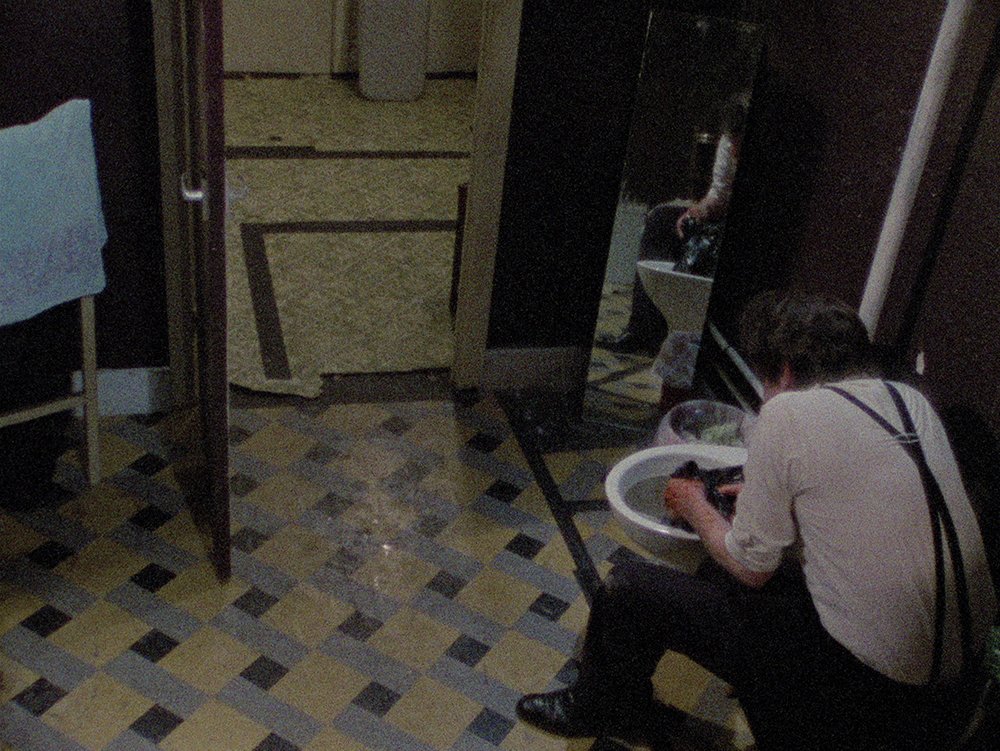
The small apartment building where Jorden and the other tenants feel and look equally authentic. This is more about a director using sets vs real-life locales because when it comes down to it, like anything else, it is all in the presentation. The structure is older with some details of a former life of thoughtful design, though it currently houses figures like a lonely but nice middle-aged bachelorette, an oft-neglected retired military veteran, and of course, a civil servant in a barely decorated flat with bottles of liquor, a well-worn mattress on the floor, and a decaying corpse under the floorboards.
Then there is Bob Flag’s performance as Jorden. As potent and primed as everything else in Cold Light of Day is, if a lesser actor was cast, then the work as a whole would have been cut off at the knees. Thankfully, Flag is perfectly unforgettable, eschewing theatrics for a performance that is riddled with humanity, fragility, and the darkest dysfunctions. He is the one the viewer spends the most time with, denying any access to lighter air. Flag might be best known as the haunting face of Big Brother himself in Michael Radford’s 1984 adaptation of George Orwell’s classic slice of future dystopia, 1984. But his background is so much more than that, with his performative roots going back, at least, to the early 1970s as one of the founding members of the comedy troupe, Nuts & Bolts. According to their website, in more recent years, both Flag and his wife, Takei, currently live in Japan. Flag, in addition to being fluent in Japanese, is also an author and has written a number of books. He still should have been cast in more films, but obviously, he has forged a fascinating and rich life.
The power centre of Cold Light of Day is forged by a teeter-totter balancing act that so few can do, both by Flag and Fhiona-Louise. Audiences and society at large are babied and coddled into seeing life in black and white terms. It’s easier to sleep at night to categorize fellow humans as angels and devils than to face the actual truth that we are one messy species. People can be monstrous, but they are still us. Being human is as beautiful and dreamy as it is heart-breaking, disgusting, and nightmarish. It is that detail, among others, that gives this chaos-in-a-smeary-hush film a quality that stays with and within you for a long time. The fact that Fhiona-Louise was only 21 years old when she made this Cold Light of Day is further proof of a director with innate vision and intelligence.
Culture about and inspired by true crime too often focuses on the obvious without delving into the most chilling meat, which is the humanity of it all. We live in a failed world where the neglected can become prey and predator. It’s a gruesome ballad and a tune sung with fierce acumen here. It might be darkest before dawn, but the Cold Light of Day exposes all the soul sickness, mottled heart, and severed bones that cannot be hidden.
https://www.youtube.com/watch?v=sudAQjnPERQ&pp=ygUZY29sZCBsaWdodCBvZiBkYXkgdHJhaWxlcg%3D%3D

Related Articles
